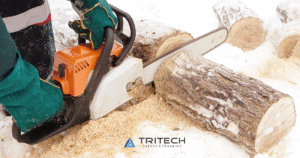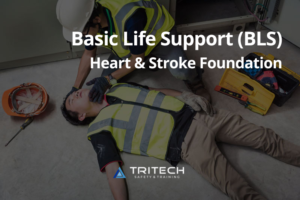
Personal Protective Equipment (PPE)
Personal Protective Equipment (PPE) is designed to protect employees from serious workplace injuries and illnesses resulting from contact with chemical, radiological, physical, electrical, or mechanical hazards.
98% of employees said they have seen others not wearing PPE when they should have been.
30% of employees said this happens repeatedly.
Top 4 excuses for not wearing PPE:
1. Looks unattractive 2. Too hot 3. Poor fit 4. Not easily accessible

3 Key Areas of Head Protection:
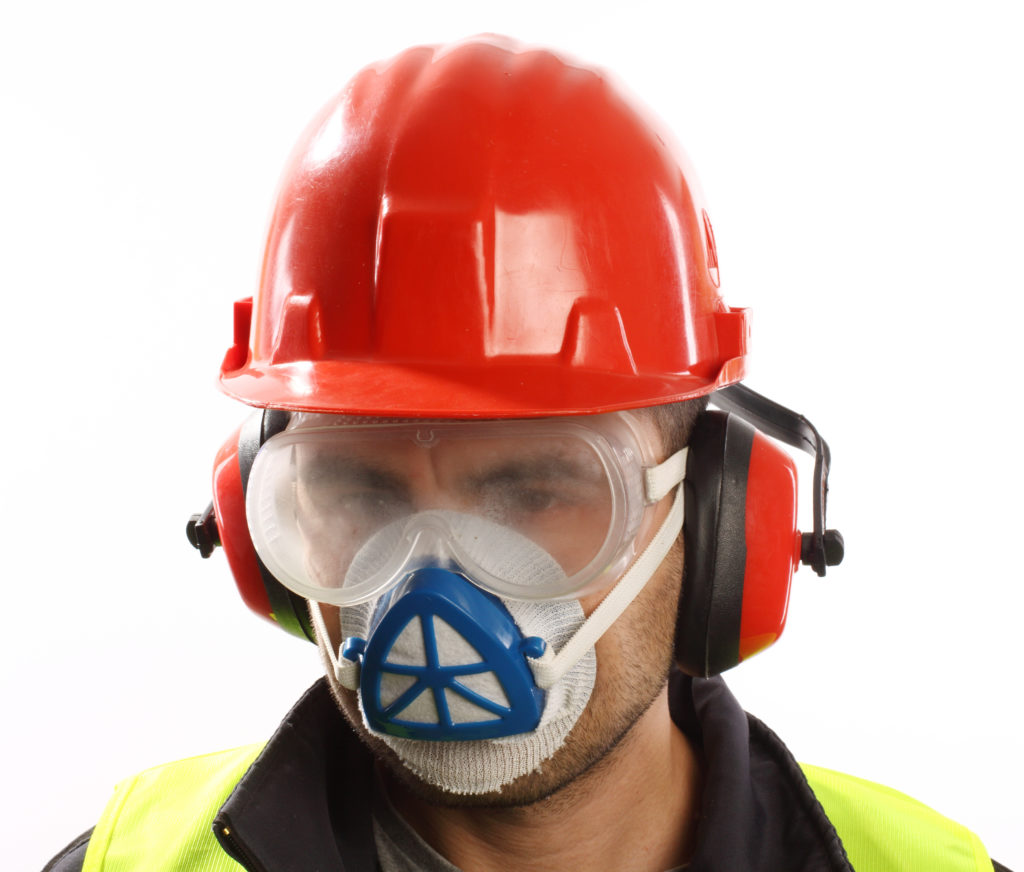
• Ears
• Eyes
• Head
Hearing Protection
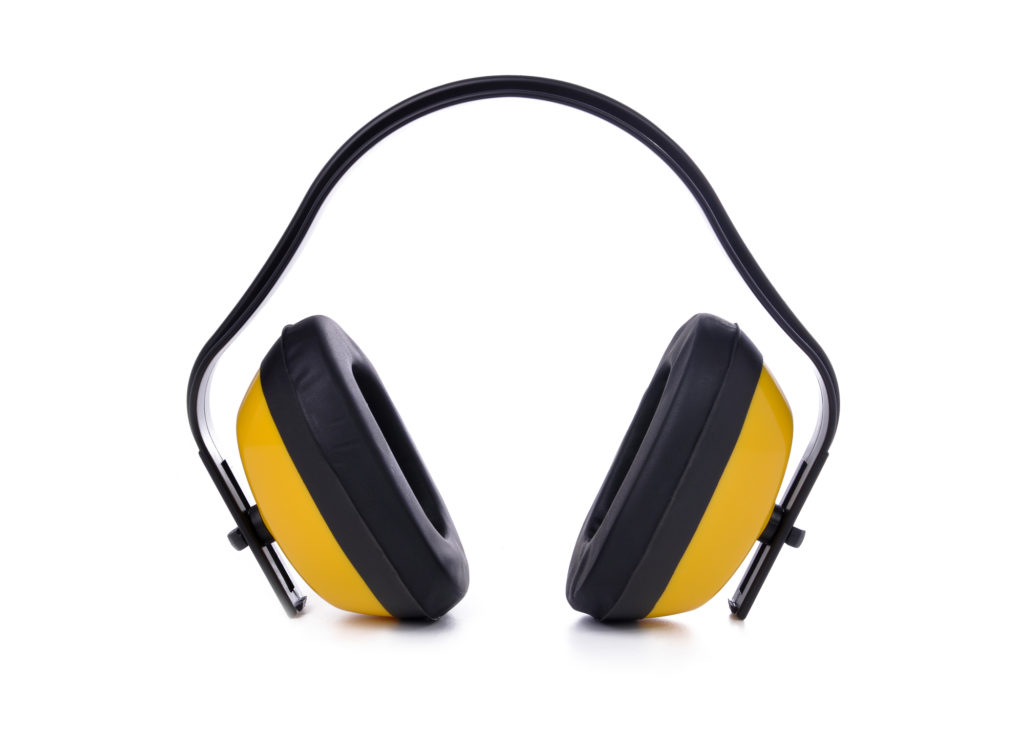
25% of workers are regularly exposed to noises at or above recommended limits.
99% of noise-induced hearing loss is preventable if proper hearing protection is used.
The following Graph: ’Permissible Noise Exposures’, shows the permissible noise exposures that require hearing protection for employees exposed to occupational noise at specific decibel levels for specific time periods.
Permissible Noise Exposures

Generally, the louder the noise, the shorter the exposure time before hearing protection is required.
85 decibels is the loudest environment you should regularly work in without hearing protection. A room full of people talking or a running dishwasher emits 85 decibels.
Types of Hearing Protection:
*NEED IMAGE FROM DES*
• Single-use earplugs
• Pre-formed or molded earplugs
• Earmuffs
• Single-use earplugs are made of waxed cotton, foam, silicone rubber or fiberglass wool. They are self-forming and, when properly inserted, they work as well as most molded earplugs.
• Pre-formed or molded earplugs must be individually fitted by a professional and can be disposable or reusable. Reusable plugs should be cleaned after each use.
• Earmuffs require a perfect seal around the ear. Glasses, facial hair, long hair or facial movements such as chewing may reduce the protective value of earmuffs.
*NEED IMAGE FROM DES*
Eye Protection

90% of all workplace eye injuries are preventable with the use of proper safety eyewear.
50% of construction workers will suffer a serious eye injury during their career.
The occupational eye injuries occur because employees are not wearing any eye protection while others result from wearing improper or poorly fitting eye protection.
Prescription Lenses
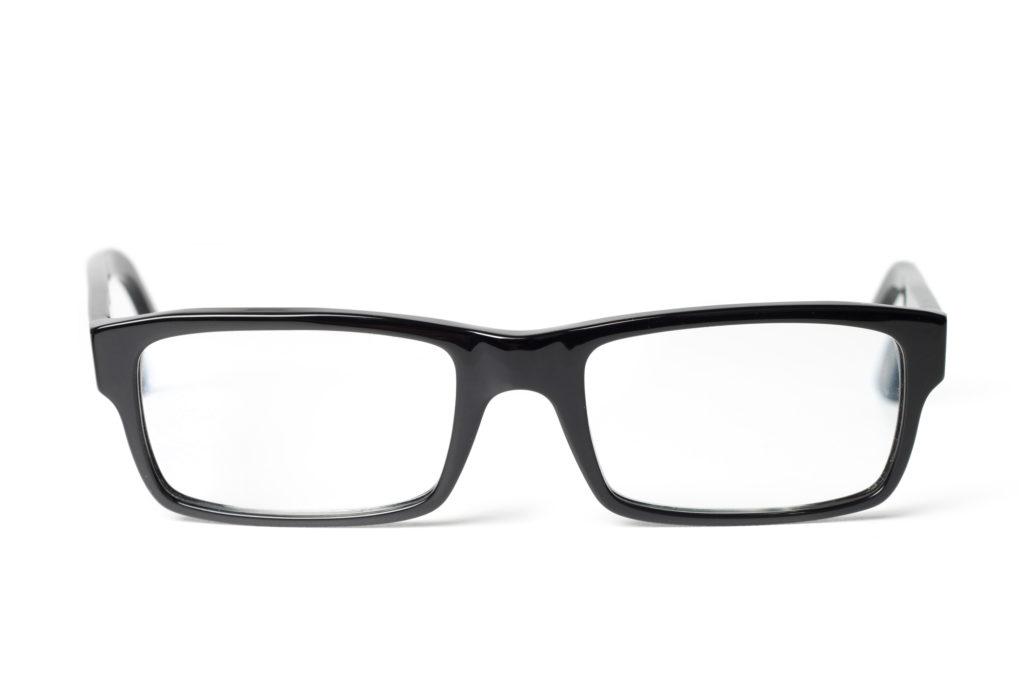
Everyday use of prescription corrective lenses will not provide adequate protection against most occupational eye and face hazards.
Employers must make sure that employees with corrective lenses either wear eye protection that incorporates the prescription into the design or wear additional eye protection over their prescription lenses. It is important to ensure that the protective eyewear does not disturb the proper positioning of the prescription lenses so that the employee’s vision will not be inhibited or limited.
Also, employee’s who wear contact lenses must wear eye or face PPE when working in hazardous conditions.
Types of Eye Protection:
*NEED IMAGE FROM DES*
• Safety Spectacles
• Goggles
• Welding Shield
• Face Shields
• Safety Spectacles. These protective eyeglasses have safety frames constructed of metal or plastic and impact-resistant lenses. Side shields are available on some models.
• Goggles. These are tight-fitting eye protection that completely covers the eyes, eye sockets and the facial area immediately surrounding the eyes and provides protection from impact, dust, and splashes. Some goggles will fit over corrective lenses.
• Welding Shields. Constructed of vulcanized fiber or fiberglass and fitted with a filtered lens, welding shields protect eyes from burns caused by infrared or intense radiant light; they also protect both the eyes and face from flying sparks, metal spatter and slag chips produced during welding, brazing, soldering and cutting operations.
• Face Shields These transparent sheets of plastic extend from the eyebrows to below the chin and across the entire width of the employee’s head. Face shields protect against nuisance dust and potential splashes or sprays of hazardous liquids but will not provide adequate protection against impact hazards. Face shields used in combination with goggles or safety spectacles will provide additional protection against impact hazards.
Head Protection

84% of employees who sustain a head injury are not wearing head protection.
9% of all injuries are head injuries.
Hard hats provide protection from impacts and in some cases, electrical shock. Never put stickers on your hard hat or leave it in the hot, back window of your vehicle. Both of these actions can compromise the integrity of the materials.
Types of Hard Hats:

There are many types of hard hats available in the marketplace today. It is important for employers to understand all potential hazards when making this selection, including electrical hazards. This can be done through a comprehensive hazard analysis and an awareness of the different types of protective headgear available.
Hard hats are divided into three industrial classes:
• Class A hard hats provide impact and penetration resistance along with limited voltage protection (up to 2,200 volts).
• Class B hard hats provide the highest level of protection against electrical hazards, with high-voltage shock and burn protection (up to 20,000 volts). They also provide protection from impact and penetration hazards by flying/falling objects
• Class C hard hats provide lightweight comfort and impact protection but offer no protection from electrical hazards.
Foot & Hand Protection

25% of all workplace accidents involve hands and fingers. Wearing gloves reduces hand injury risk by 60%
Types of Protective Gloves
There are many types of gloves available today to protect against a wide variety of hazards. The nature of the hazard and the operation involved will affect the selection of gloves.
Leather, Canvas or Metal Mesh Gloves
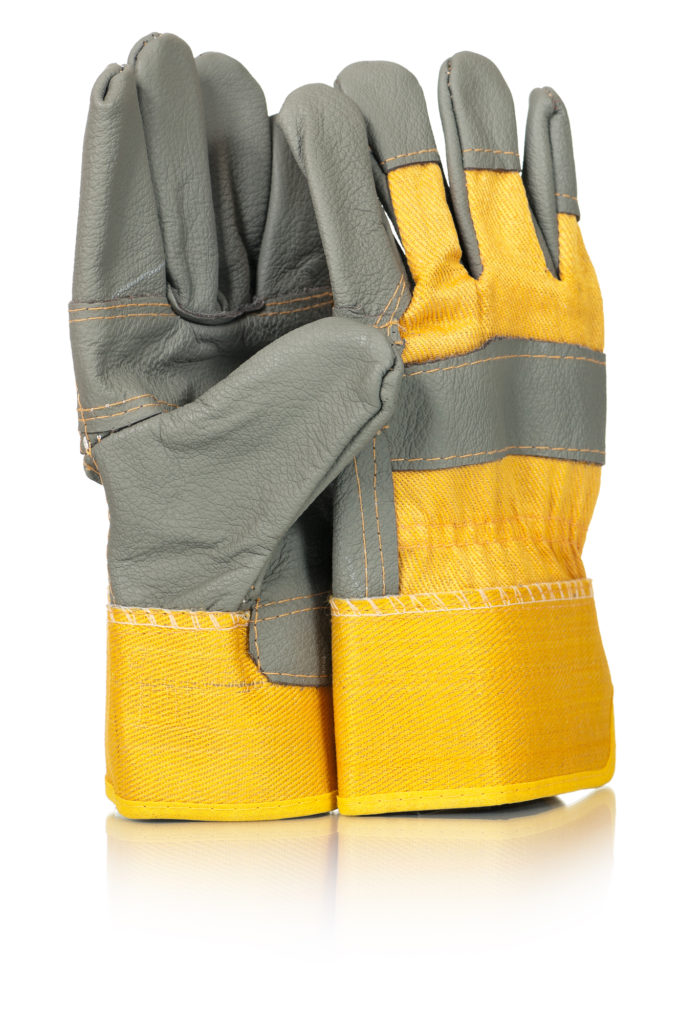
• Leather gloves protect against sparks, moderate heat, blows, chips and rough objects.
• Aluminized gloves provide reflective and insulating protection against heat and require an insert made of synthetic materials to protect against heat and cold.
• Aramid fiber gloves protect against heat and cold, are cut- and abrasive-resistant and wear well.
• Synthetic gloves of various materials offer protection against heat and cold, are cut- and abrasive-resistant and may withstand some diluted acids. These materials do not stand up against alkalis and solvents.
Fabric and Coated Fabric Gloves

• Fabric gloves protect against dirt, slivers, chafing and abrasions. They do not provide sufficient protection for use with rough, sharp or heavy materials. Adding a plastic coating will strengthen some fabric gloves.
• Coated fabric gloves are normally made from cotton flannel with napping on one side. By coating the unnapped side with plastic, fabric gloves are transformed into general- purpose hand protection offering slip-resistant qualities. These gloves are used for tasks ranging from handling bricks and wire to chemical laboratory containers. When selecting gloves to protect against chemical exposure hazards, always check with the manufacturer or review the manufacturer’s product literature to determine the gloves’ effectiveness against specific workplace chemicals and conditions.
Chemical- and Liquid-Resistant Gloves

• Butyl gloves are made of a synthetic rubber and protect against a wide variety of chemicals, such as peroxide, rocket fuels, highly corrosive acids (nitric acid, sulfuric acid, hydrofluoric acid and red- fuming nitric acid), strong bases, alcohols, aldehydes, ketones, esters and nitrocompounds. Butyl gloves also resist oxidation, ozone corrosion and abrasion, and remain flexible at low temperatures. Butyl rubber does not perform well with aliphatic and aromatic hydrocarbons and halogenated solvents.
• Natural (latex) rubber gloves are comfortable to wear, which makes them a popular general-purpose glove. They feature outstanding tensile strength, elasticity and temperature resistance. In addition to resisting abrasions caused by grinding and polishing, these gloves protect employees’ hands from most water solutions of acids, alkalis, salts and ketones. Latex gloves have caused allergic reactions in some individuals and may not be appropriate for all employees. Hypoallergenic gloves, glove liners and powderless gloves are possible alternatives for employees who are allergic to latex gloves.
• Neoprene gloves are made of synthetic rubber and offer good pliability, finger dexterity, high density and tear resistance. They protect against hydraulic fluids, gasoline, alcohols, organic acids and alkalis. They generally have chemical and wear resistance properties superior to those made of natural rubber.
• Nitrile gloves are made of a copolymer and provide protection from chlorinated solvents such as trichloroethylene and per- chloroethylene. Although intended for jobs requiring dexterity and sensitivity, nitrile gloves stand up to heavy use even after prolonged exposure to substances that cause other gloves to deteriorate. They offer protection when working with oils, greases, acids, caustics and alcohols but are generally not recommended for use with strong oxidizing agents, aromatic solvents, ketones and acetates.
Foot Protection
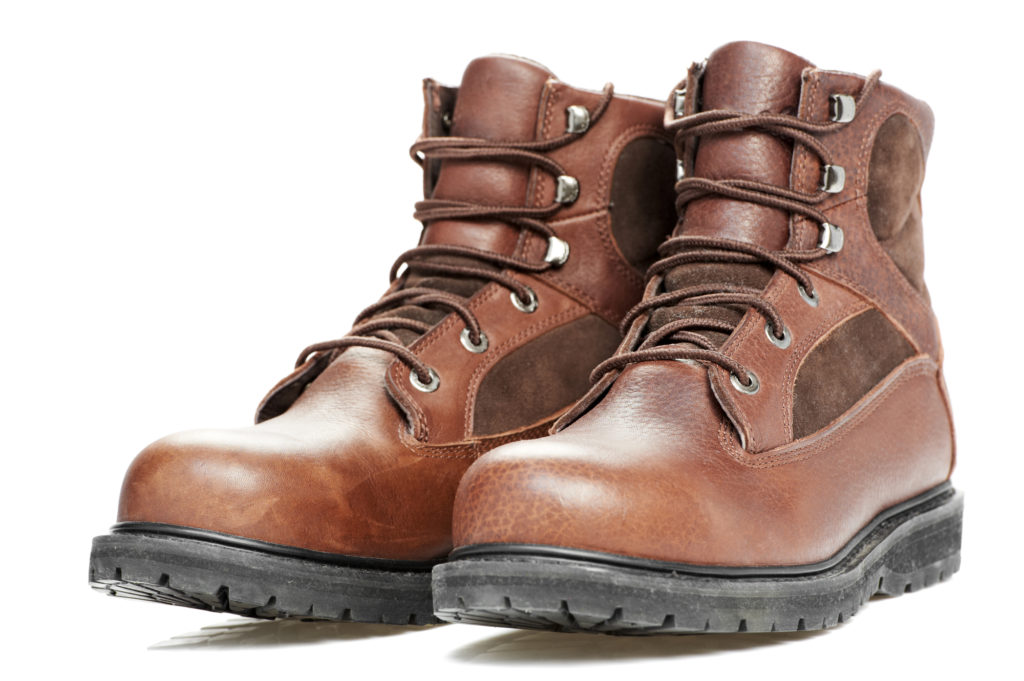
Safety shoes have impact-resistant toes and heat-resistant soles that protect the feet against hot work surfaces common in roofing, paving and hot metal industries. The metal insoles of some safety shoes protect against puncture wounds. Safety shoes may also be designed to be electrically conductive to prevent the buildup of static electricity in areas with the potential for explosive atmospheres or nonconductive to protect employees from workplace electrical hazards.

